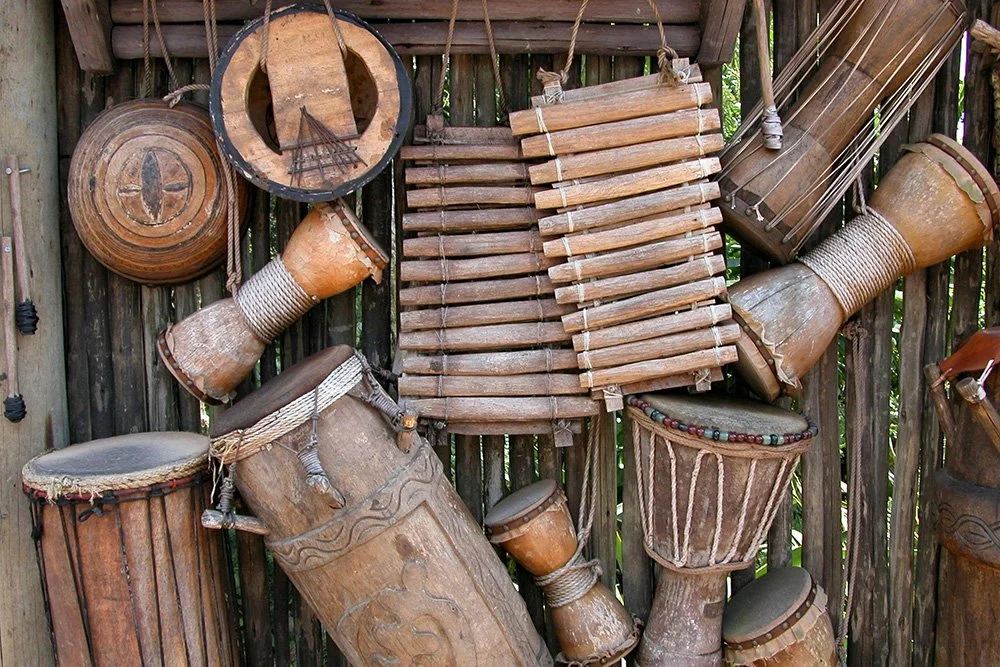Five Tips for Teaching Musical Instruments from Around the World
Interested in multicultural education? Why not include music in your studies!
Exploring musical instruments from around the world is fascinating - and a lot of fun! The different sounds, shapes, and materials of various instruments show the creativity of the human spirit. Here are five tips to help you teach your students about musical instruments from around the world!
Bring in guest musicians
If at all possible, find folks in your own community who can play instruments from different countries and cultures. They can speak about their love of music, show off how the instruments sound, and let the students see them in person. Be sure to allow time for your students to ask questions!
Bring in real instrument examples
The next best thing to having a real musician stop by the classroom is to have the real instruments. Allow students to view them and demonstrate how they sound. Discuss the parts of the world that they come from and how that might affect the materials used to make the instruments.
Listen to music in the background
Doing a unit study on a particular country or culture? Play some music while the students are creating art or reading. This gives them more exposure to world music, while also setting a nice atmosphere for learning.
Watch videos of performances
The beauty of the internet is being able to find (almost) anything! Look for videos from different cultures that feature musical performances. Even just a few short clips can inspire students’ interest and curiosity.
Discuss similarities and differences
A pan flute, a didgeridoo, and a trumpet all look (and sound!) completely different. But what do they have in common? They all make sound due to the vibration of air. Use Venn diagrams with your students to compare and contrast various world instruments.
Looking for more ideas? Our Elementary Music Curriculum has several lessons about instruments from around the world, along with related discussions and hands-on projects!
